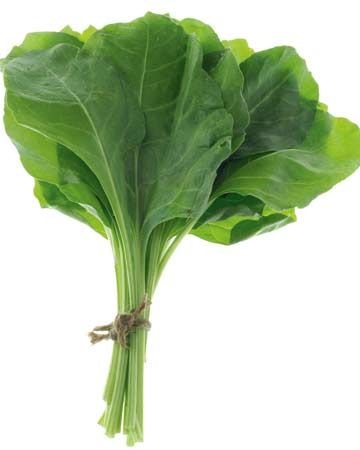Plant analysis
Leaf sample were collected from each ashing for each treatment. The leaves were dried and grinded and were analyzed for different quality parameters while for the determination of Zinc, P and K. These samples were digested by wet digestion method.
Statistical analysis
The data collected during field and laboratory investigations were analyzed statistically using ANOVA technique and means were compared by LSD-test of significance using software Statistix 8.1 (Statistix, 2000) For graphic presentation the computer program Excel 2003 version 2.0 was used.
Green weight:
The result revealed that the green weight of spinach is significantly different among the various treatments. The maximum (10.42 ton ha-1) yield was recorded on surf Excel 1% ZnSO4 which is similar with Bonus 1% ZnSo4, Surf Excel 0.5 % ZnSo4 and Bonus 0.5 % ZnSO4. Minimum (7.778 ton ha-1) yield was observed on Aerial 1% ZnSO4 which is at par with control and Aerial 0.5 % ZnSO4. The result in the table 3 indicated that both levels of Zn foliar application with surf excel exceeded the green leaves yield significantly. Both the levels had at par effect on the yield, Bonus with both concentration of Zn showed its efficiency as second, while aerial depressed the efficiency and thus the yield of green leaves were lower even from the control also.
¬Phosphorus: (P)
The data of Phosphorus in spinach leaves was not significantly different among various treatments. The maximum Phosphorous contents was recorded in Surf Excel 1% ZnSO4 (0.8893 µg g-1) which was followed by Aerial 1% ZnSO4, while minimum (0.75 µg g-1) was recorded in control plot. It is evident from the table 3 that all the surfactants have shown a positive response in the P retention by plant leaves; however its effect was not significant statistically and indicated as non-significant. Among all the three surfactants, surf excel was the best, aerial better and the bonus good in respect to P uptake by plant.




